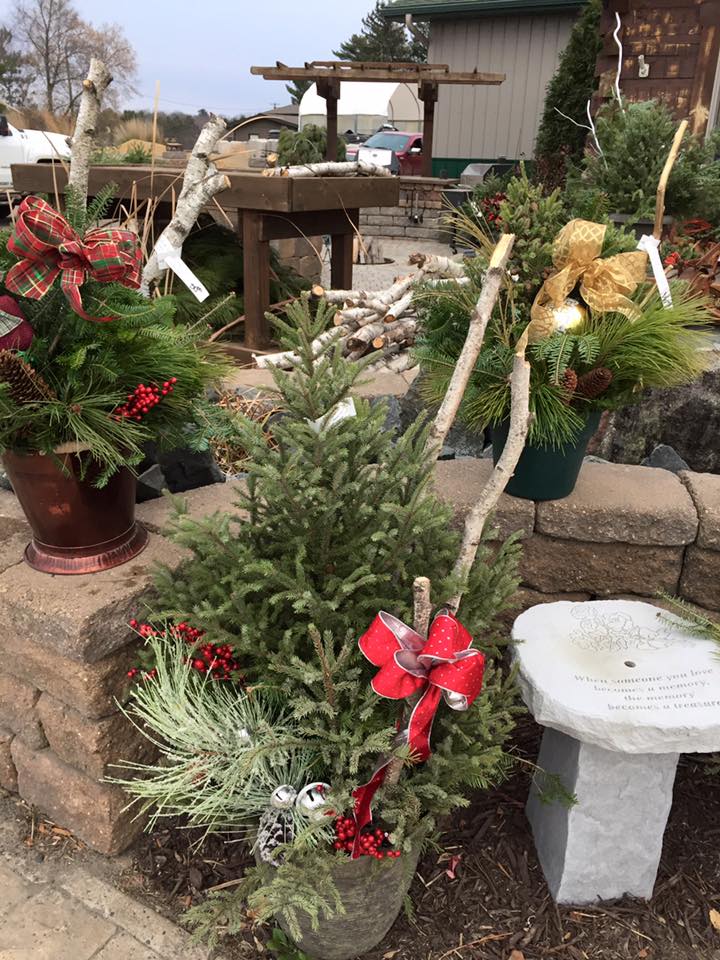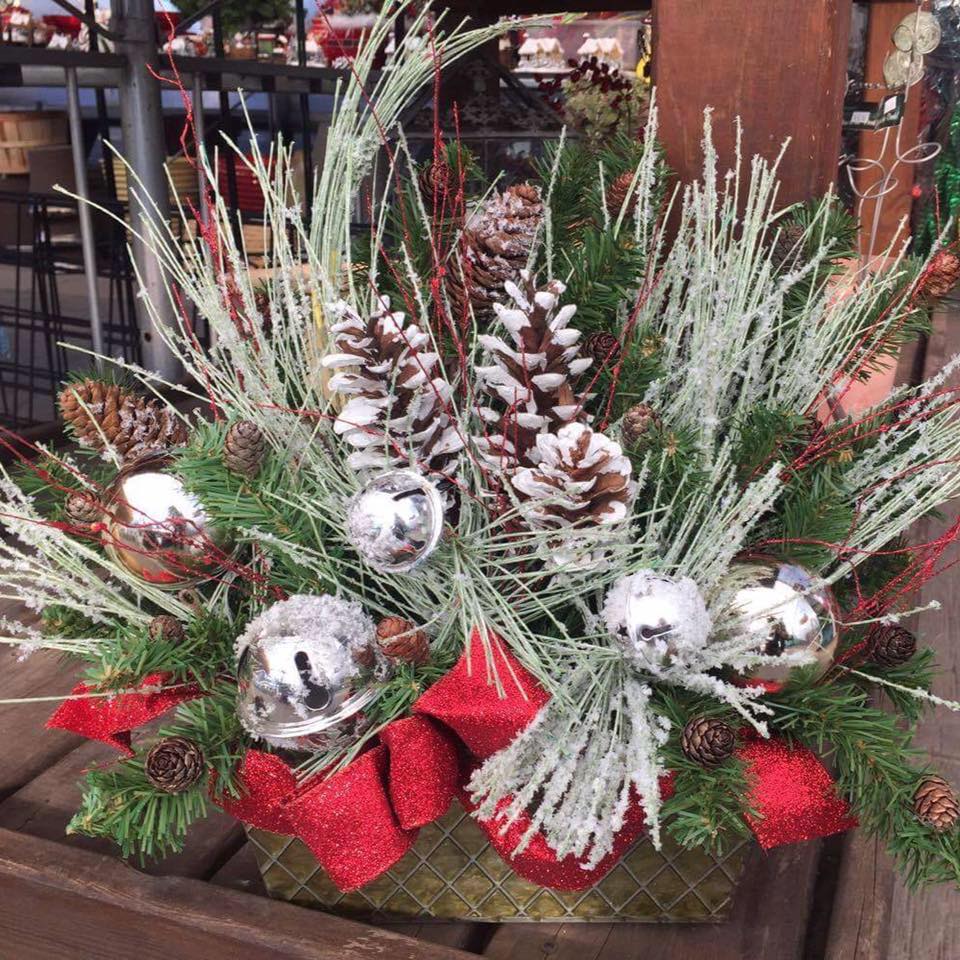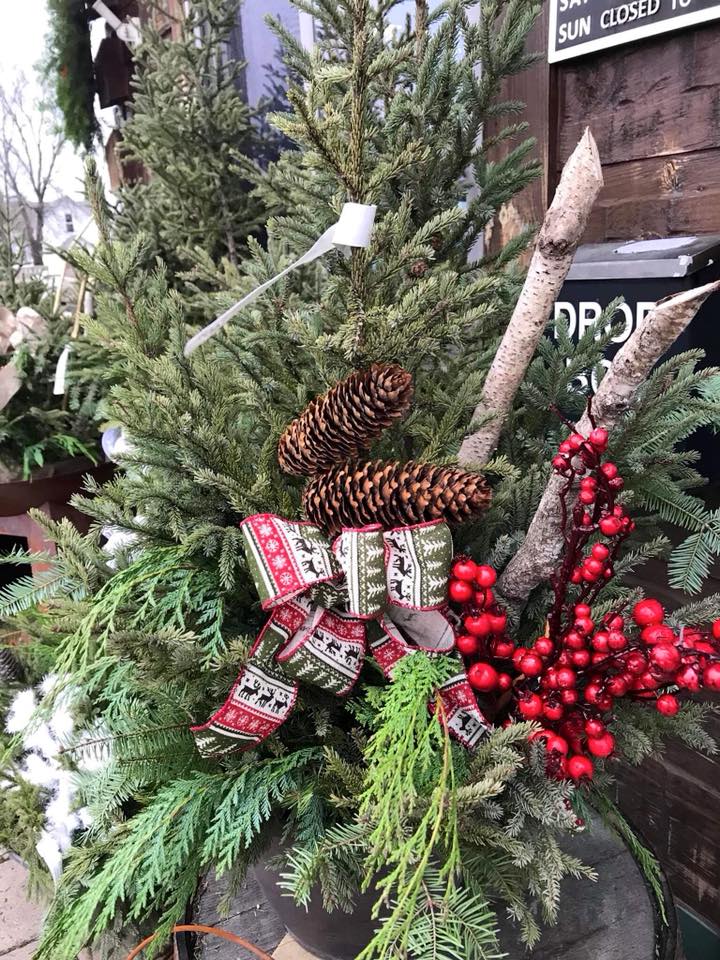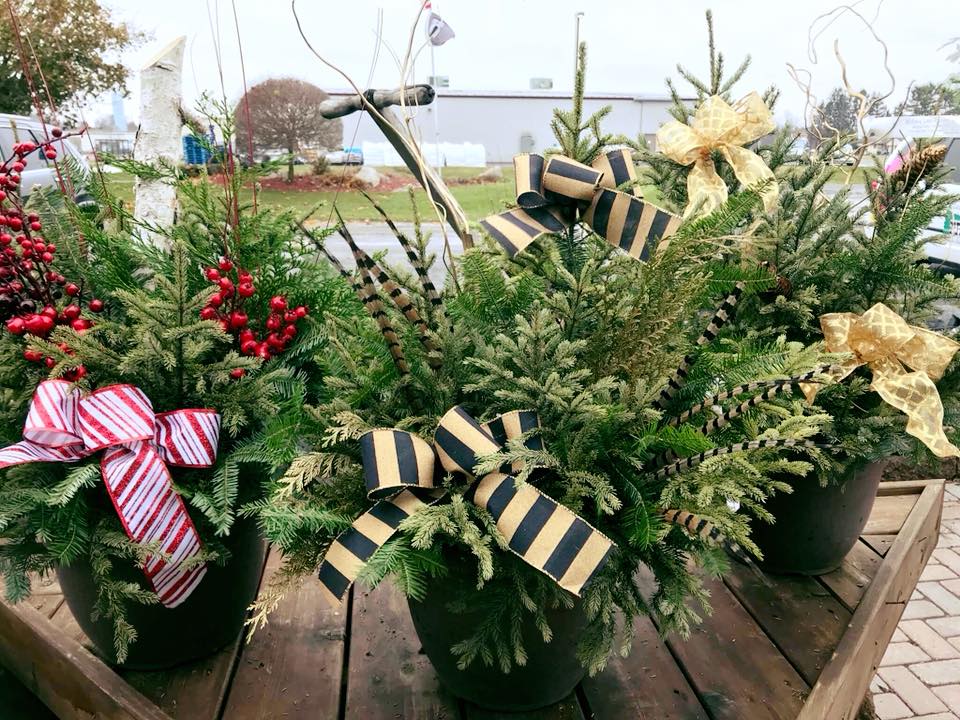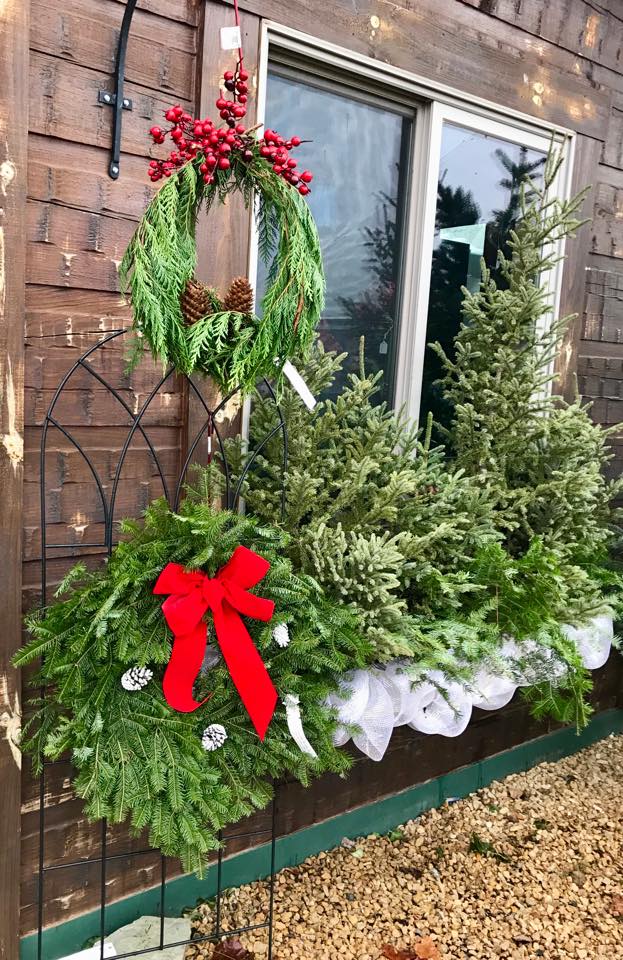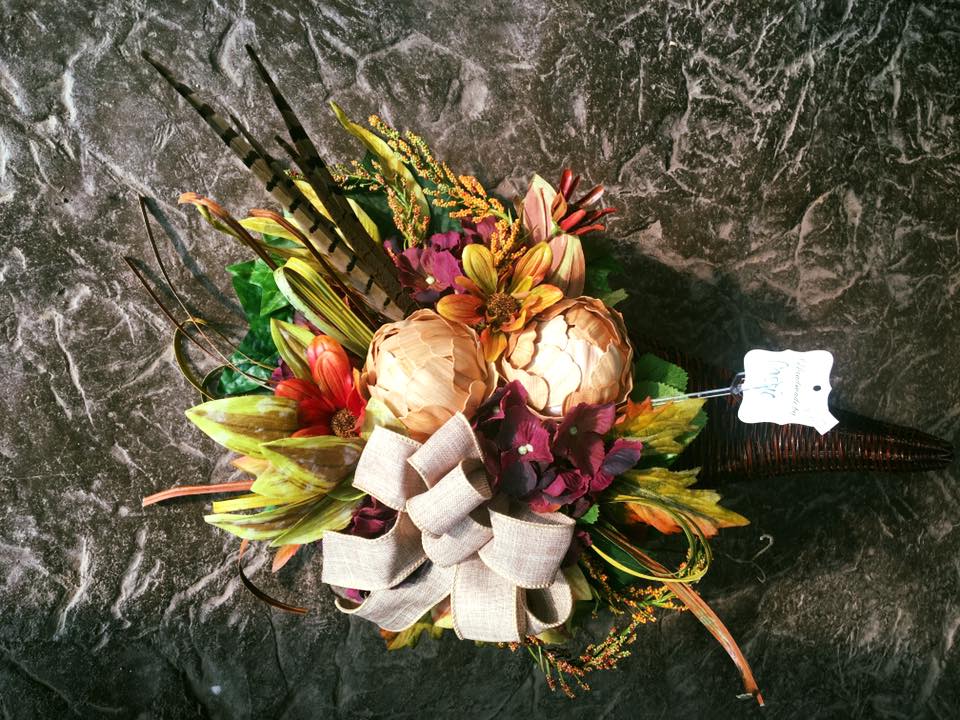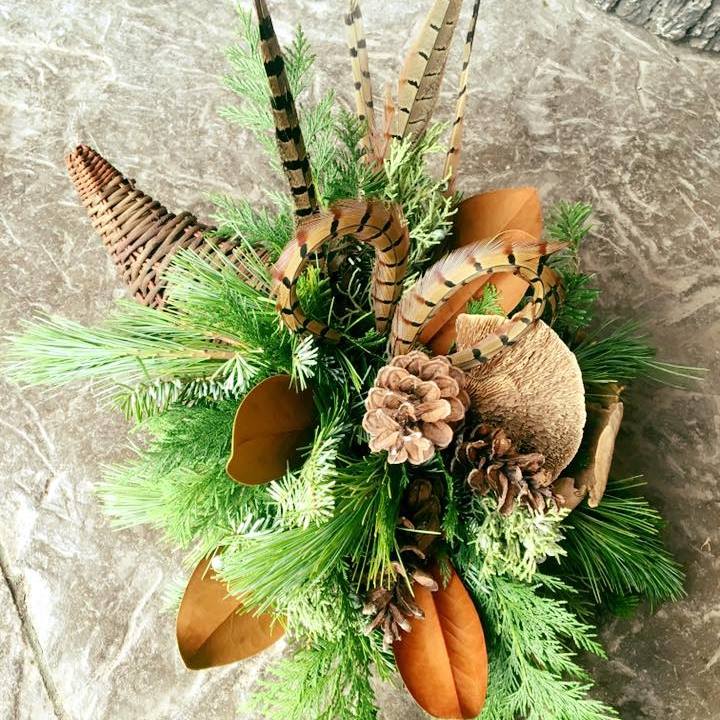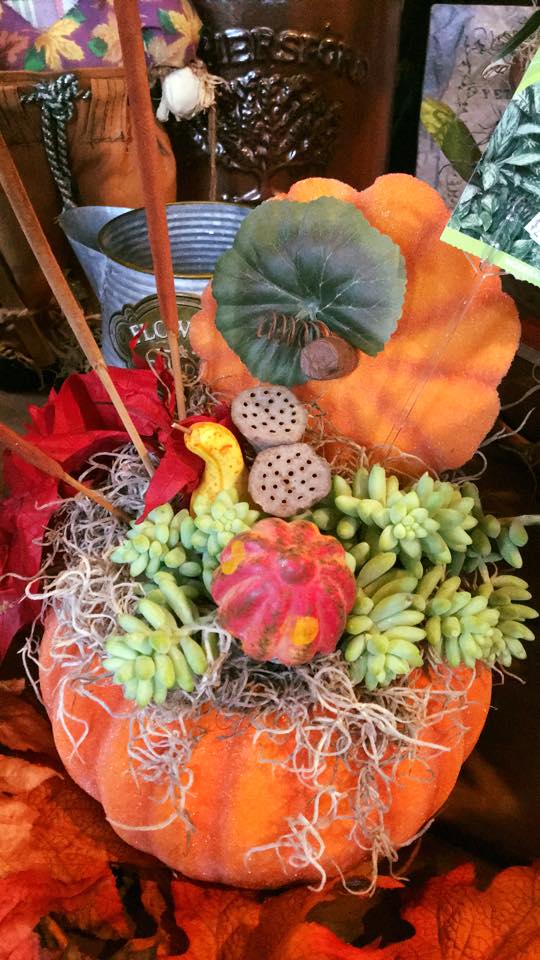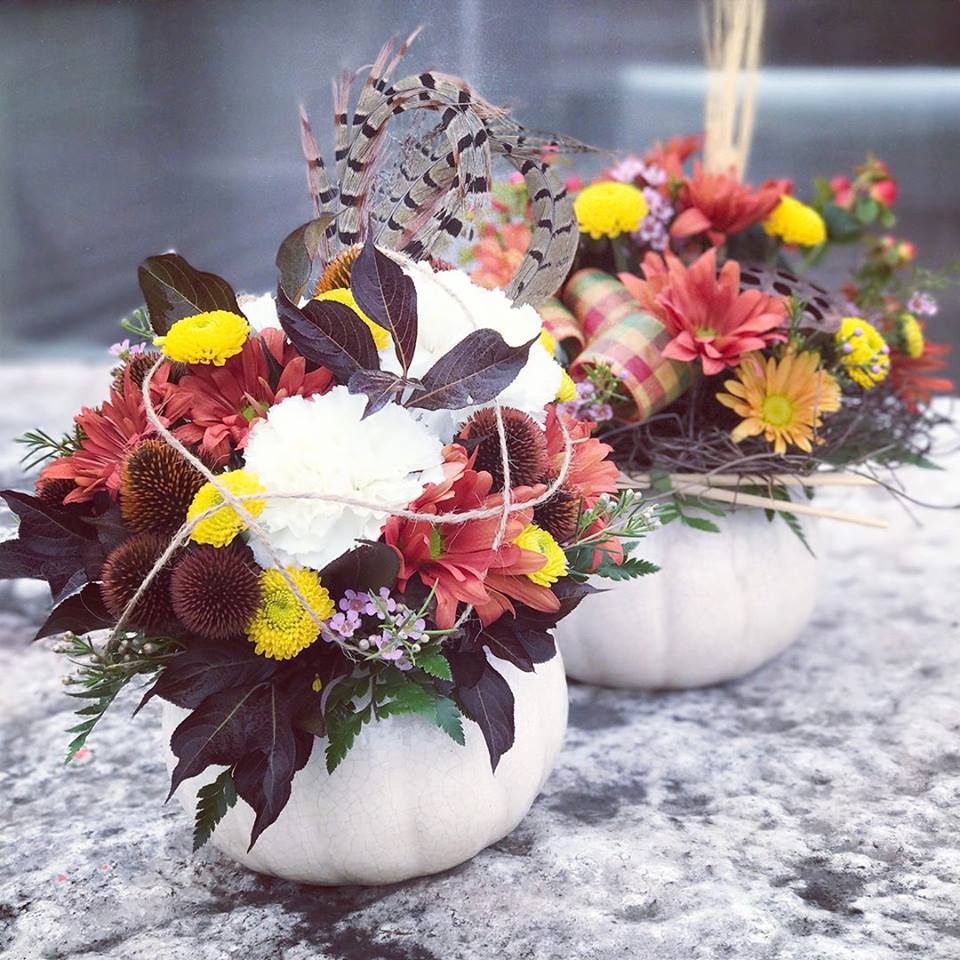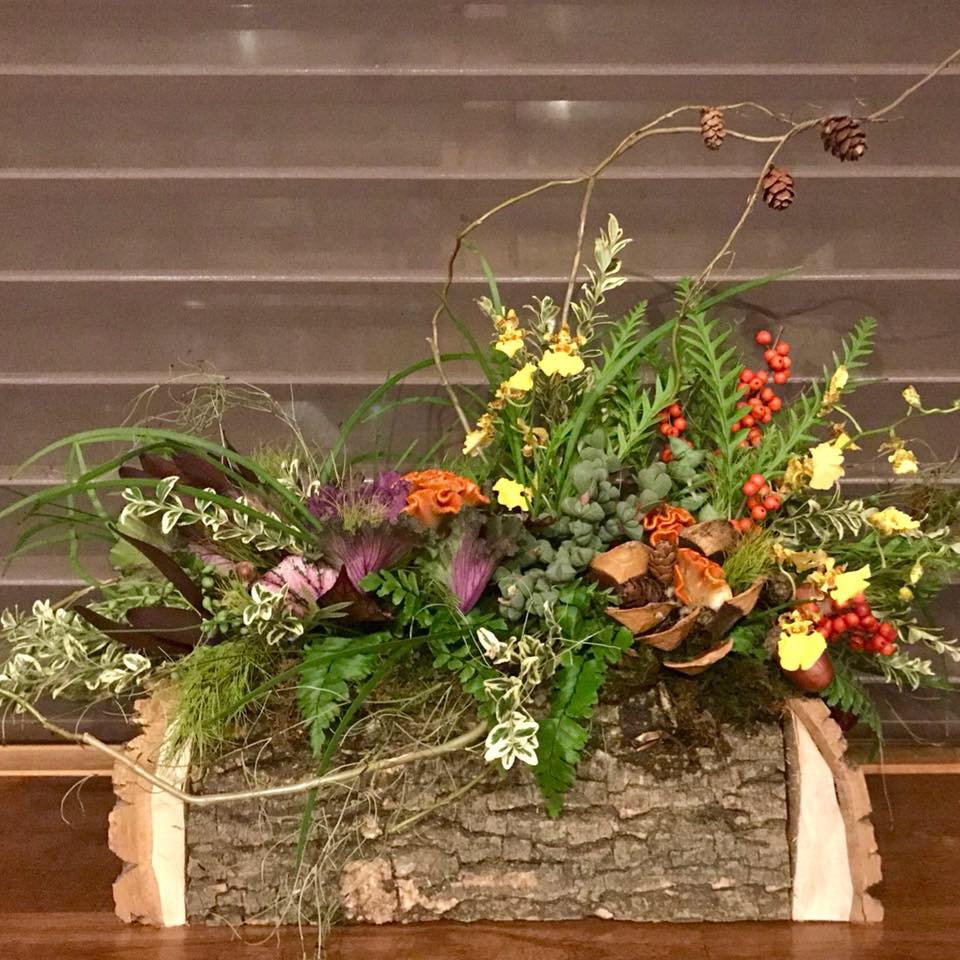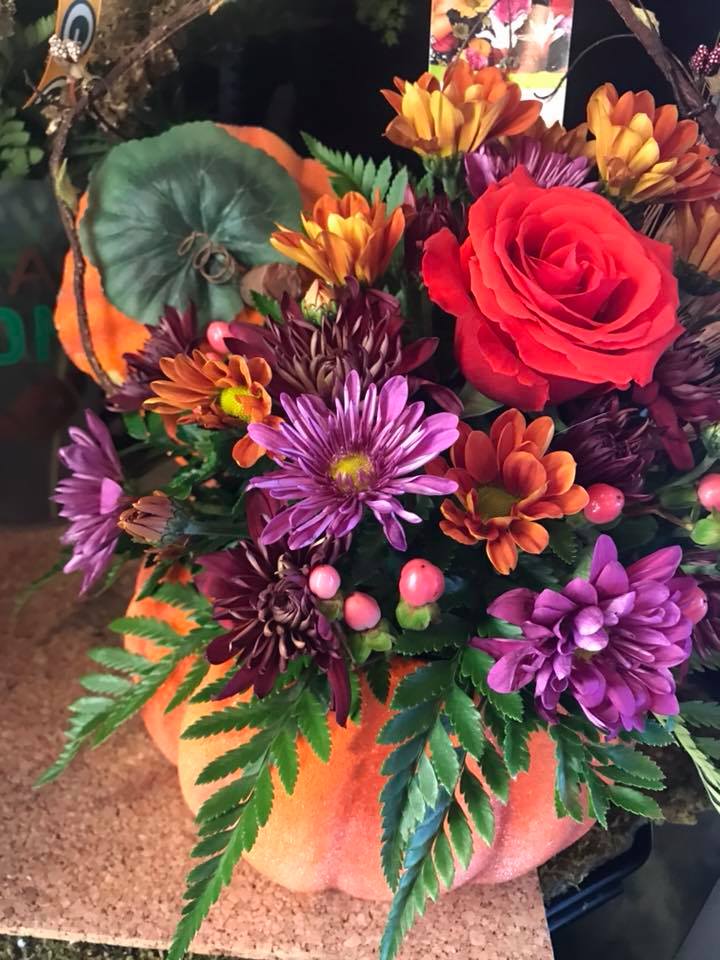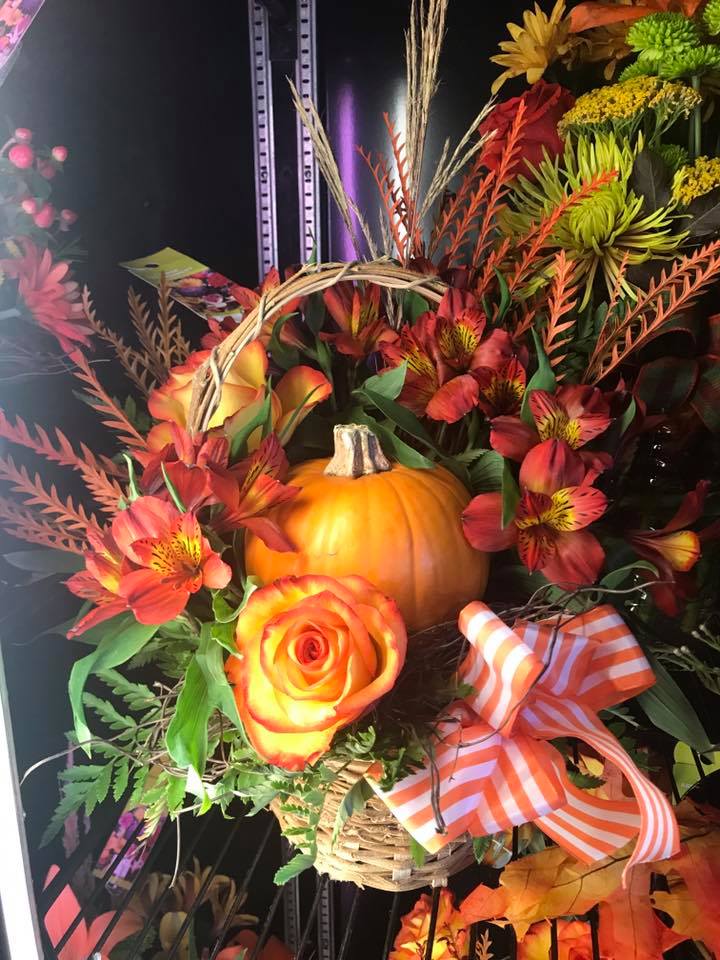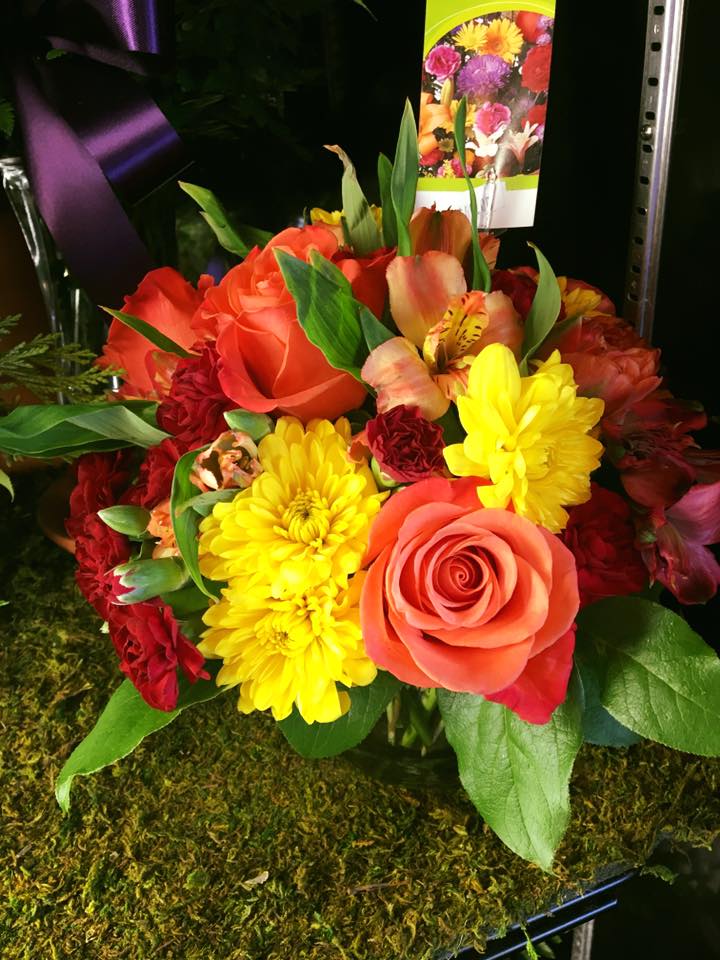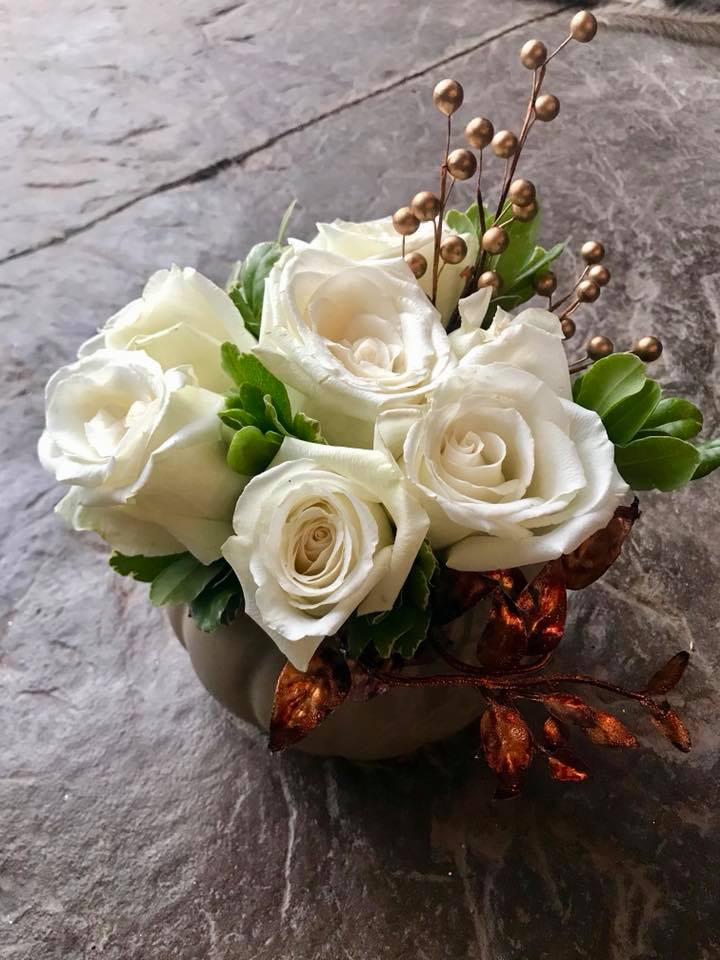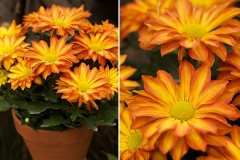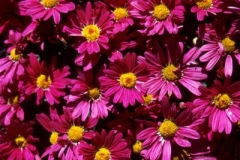What is a prom corsage? A prom corsage is a small flower arrangement that typically adorns a girl’s wrist or collar and is bought and given to her by her prom date. Most prom-goers, these days, prefer the wrist corsage. Flowers and accessories usually match or accent the girl’s prom dress.
What is a boutonniere? A boutonniere is the floral design worn by guys on their lapels. The boutonniere is bought for the guy by his date and often matches the colors and style of his date’s corsage.
What wrist do your wear your corsage on? It is generally recognized as proper etiquette to wear the wrist corsage on the left, although a left-handed date may prefer her wrist corsage worn on the right arm.
Do the corsage and boutonniere have to match? Not necessarily, but it usually looks more stylish and put-together that way. Talk to your local florist about your choice of formal wear for prom, both for the guy and the girl, and discuss what corsage/bout options would work best for your combined look. (Also check out: Matching Prom Dress to Prom Corsage!)
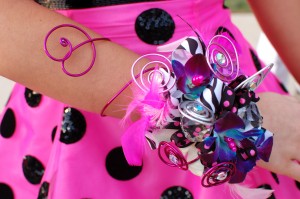

How do I get my guy to buy the perfect prom corsage for me? Make sure the florist sees your dress. Your florist is sure to make something that accents your specific style. Seeing the dress ensures your flowers and prom accessories will match perfectly. Give your guy pictures of prom corsages you like to get him heading in the right direction. He can also show these to his florist. Why not go into your local flower shop together? You can buy both the amazing corsage and boutonniere together!
If I wanted something special, would a florist work with me? Absolutely! Florists love a challenge! If you’ve got something special in mind, talk to your florist about how they can customize your corsage just for you! May you’ve got a dark dress and are thinking of a Black Swan style? No problem! Love bright and playful? Your florist can fix you up with wire swirls and colorful daisies. Just don’t be afraid to ask!
Many florists are starting to offer Corsage Bar events in their store. This is a buffet-like setup where prom-goers can go down a row and pick out all the separate elements of their corsage. No guessing as to what it will look like when YOU’VE picked it all out!
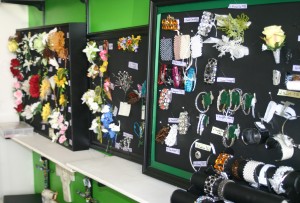
When do I need to order my prom flowers? Order right now! It’s always good to plan ahead and get your order in as soon as possible. The spring is a very busy time for florists, with wedding season just beginning and Mother’s Day right around the corner. At any rate, order at least two weeks in advance.
Why do I need to use a florist, can’t I make my own DIY corsage? Not only do corsages have to look great, but they must hold up throughout the night of dancing and celebration. It’s always a good idea to buy a corsage from your local florist, rather than try to create one yourself. Corsages are not easy to make; the flowers have to stay ON the corsage, and stay looking fresh for long periods of time. Just talk to your florist about your budget and your options, it might surprise you what they’ll come up with!
What if I’m on a tight budget, can I still get a great-looking prom corsage? Yes, talk to your florist about your situation and ask what suggestions they might have. Often times by using seasonal or flowers your florist might have in excess can cut down on costs and still give you a great-looking corsage!
What do I need before I visit my local florist? Be sure to bring a picture of the dress you are wearing. It doesn’t have to be elaborate, even a picture from a cell phone will do. Bring any pictures of prom corsages you like from the internet or magazines for your florist to look at.
What are the hottest prom flower trends to date? Bright and bold colors that really make a statement, mixed with a variety of textures and details. We’ve seen a lot different uses of wire and other accessories. Another prom accessory we just love this year is the reusable wristlets. Instead of a cheap corsage holder for the wrist, invest in a beautiful corsage bracelet. Not only will your corsage look amazing, you can wear the bracelet for years to come and always be reminded of your big night.
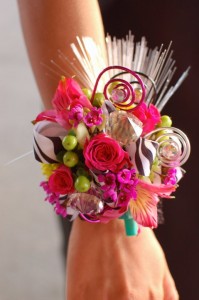
I also have to talk about body flowers! Florists can do WAY more than just wrist corsages, ask your florist what body flowers would look best with your dress! One of our favorite looks is a strapless dress with over-the-shoulder flowers — a stunning look! You can also have flower rings, necklaces and even flowers for your shoes created! It’s all about using flowers to add color and style to your prom look.

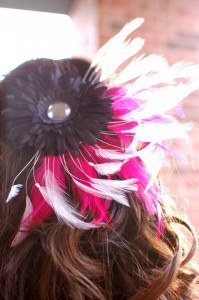
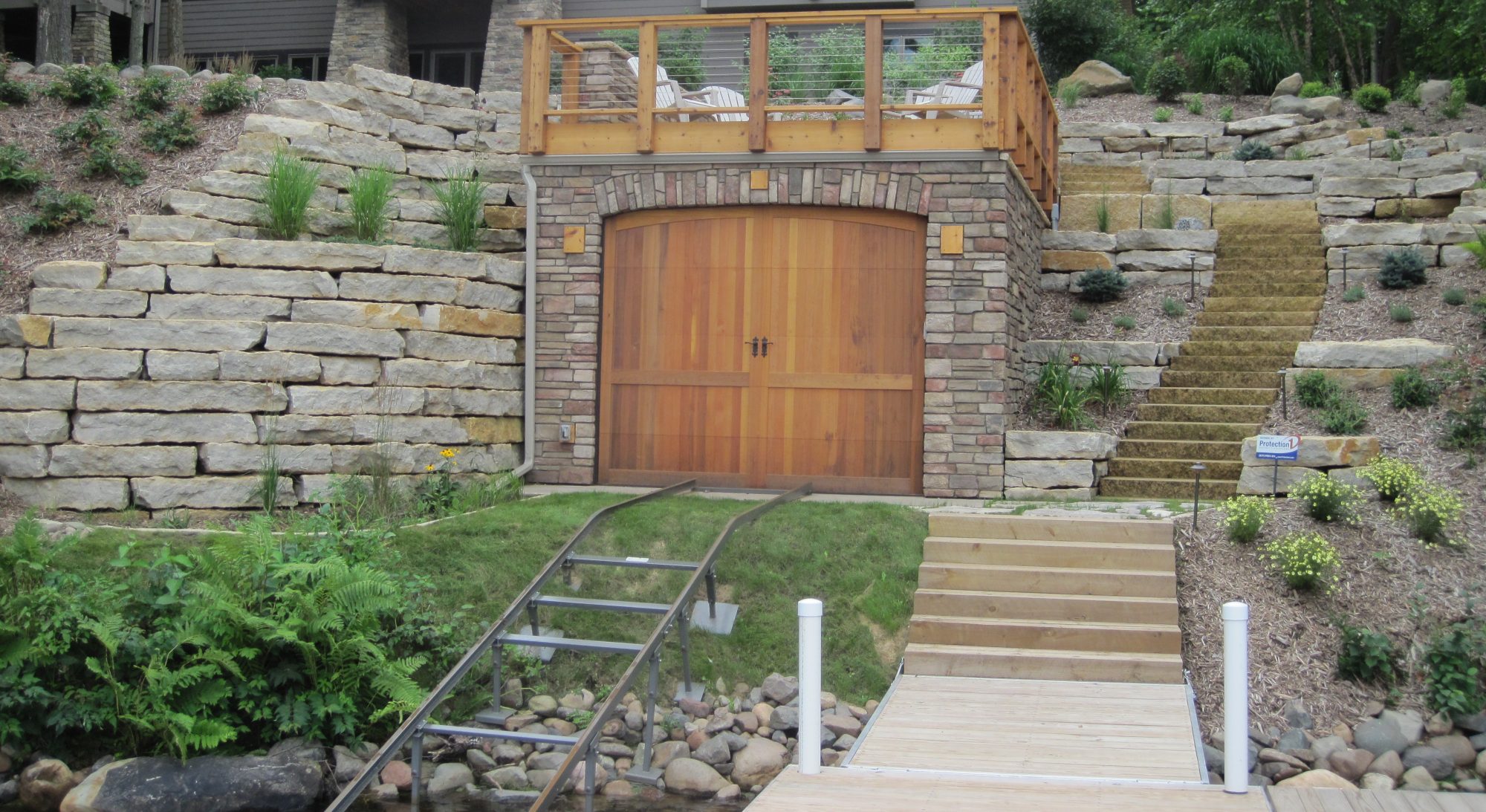
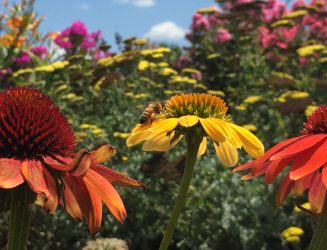
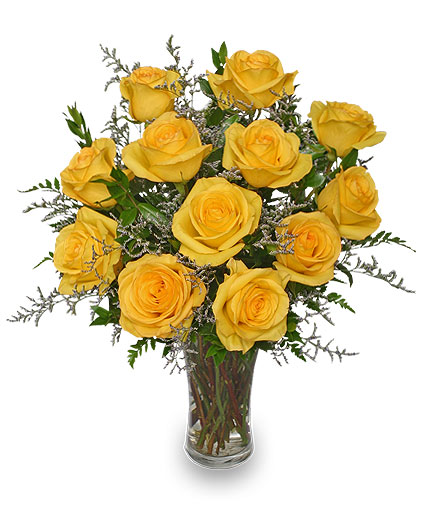
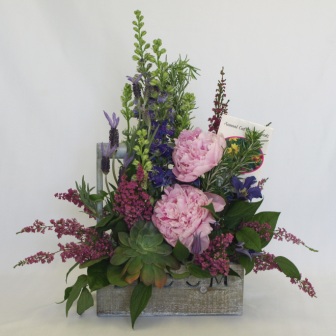
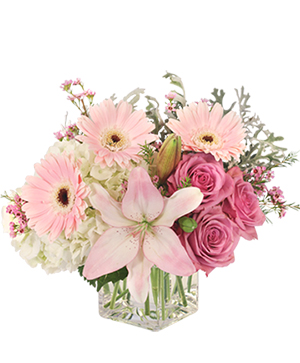
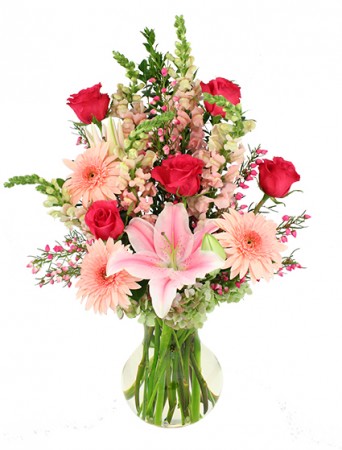







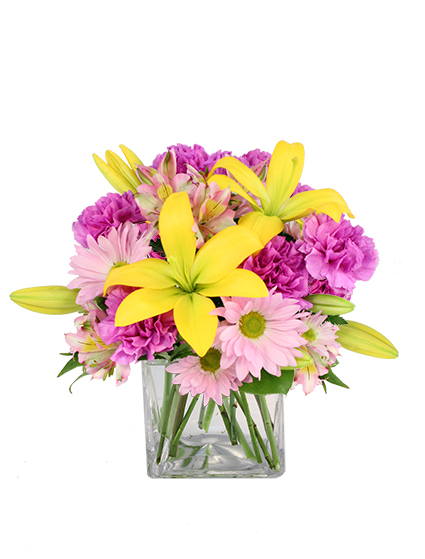
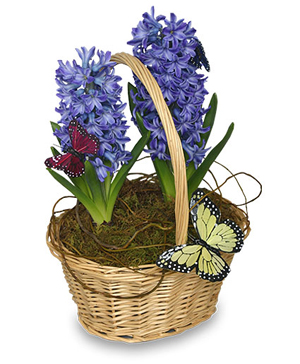
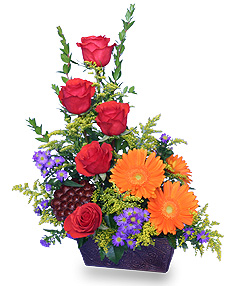

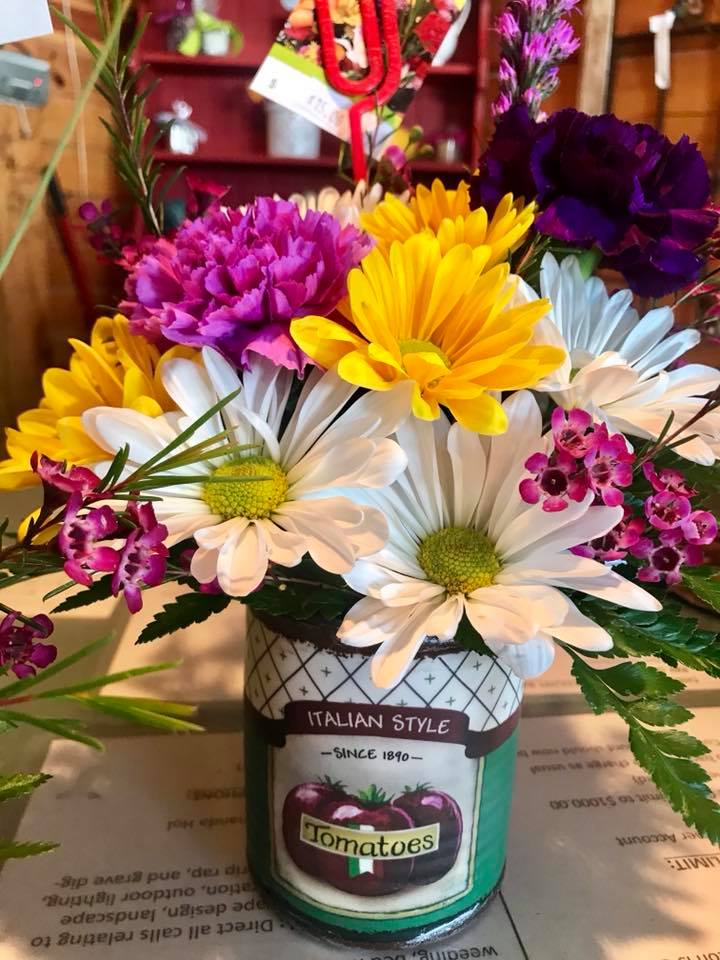
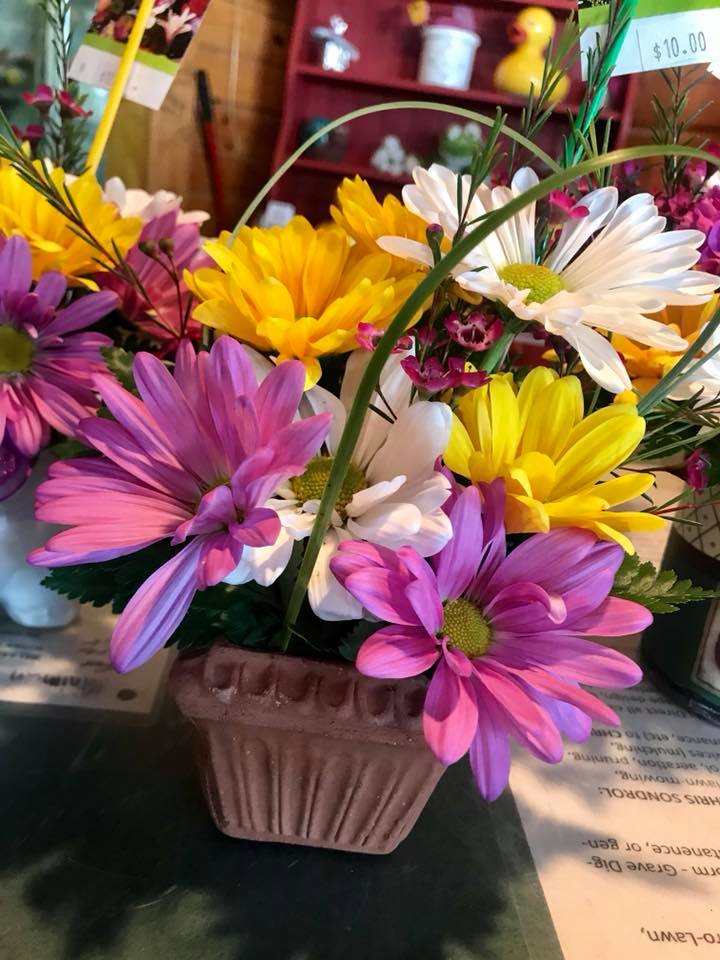
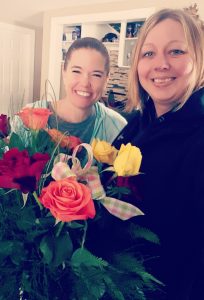
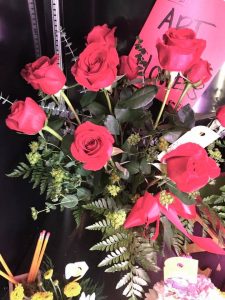
 Wishing you a very Merry Christmas and a Happy New Year!
Wishing you a very Merry Christmas and a Happy New Year!